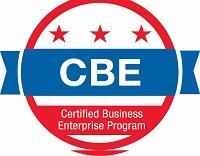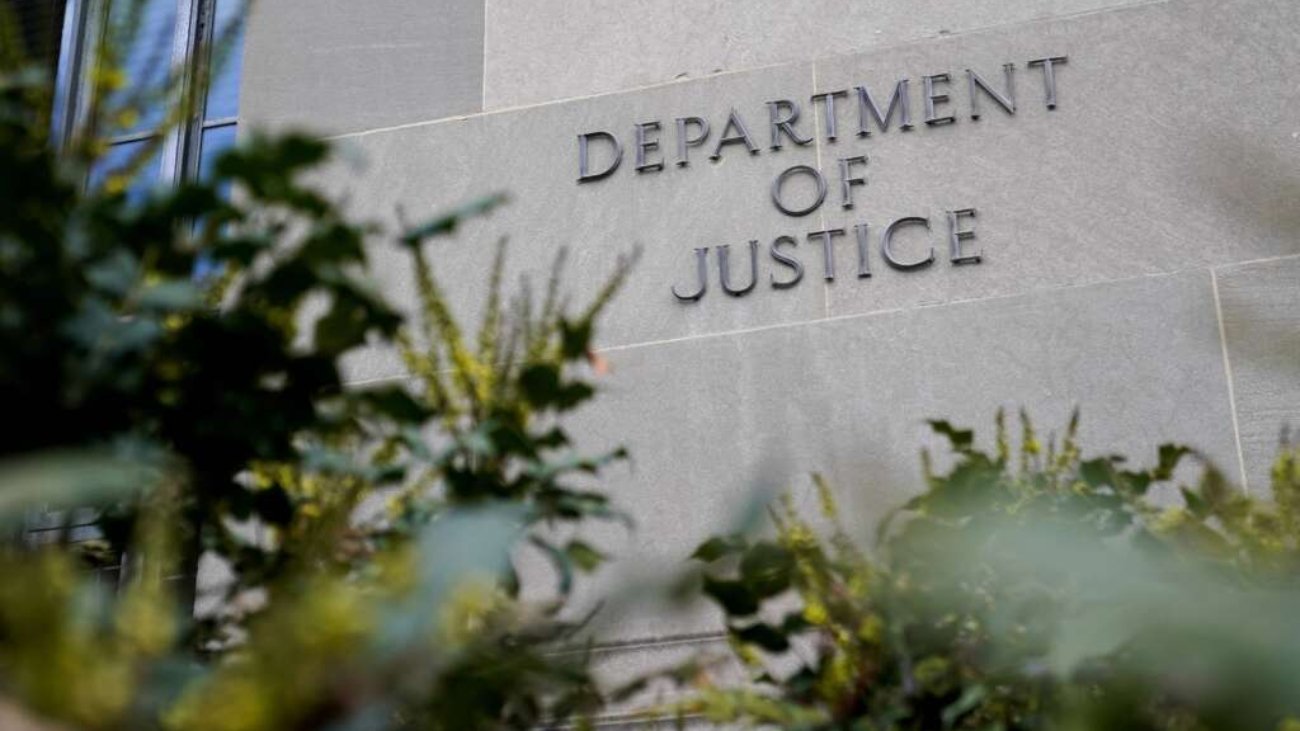Which type of contractor does the best work for federal agencies? Small business? Large business? Women or veteran owned? Researcher James Hasik says it’s those owned by their employees, ESOPs, that on the whole perform the best. He joins the Federal Drive with Tom Temin with more details.
Interview transcript:
James Hasik
I tapped into a think here to for little used database within the federal government that is nonetheless vast and I think, has enormous potential for telling federal procurement officials a great deal more about about about how their contract is performing, if they actually just looked at the data statistically. I looked at what’s called the CPARS, the Contractor Performance Assessment Reporting System reports. These are basically required on any federal contract of meaningful size, of a few hundred thousand dollars, both during and after completion of the contract. And this has been a requirement for all federal agencies since about 2003. So they’ve got the feds have millions, actually tens of millions, of records that you can go look at. Ah, if they let you see them. Okay, so this was the trick I wanted to take a look at, and I had some sponsorship, admittedly, to take a look at employee owned companies to see, hey, do they actually in the first question? Do they perform better? And if I could get at those federal reports about these numerical rankings for how their contracts work, I could learn a great deal, I thought. But I had to find a small group, or even a medium-sized group, any group of companies, that would actually provide me their CPARS reports. And that’s what I found at a trade association that represents 100% ESOP-owned firms that are involved in federal contracting.
Tom Temin
Were you able to get a sample large enough of all types of contractors, such that you could project what they said about the ESOPs?
James Hasik
So that’s always a fair question. In this case, I had somewhat over 600 contracts to look at, which is a pretty good sample size. There were some what we call in statistics, fancy word, fixed effects of having to deal with the fact that I only actually had 20 contractors to look at, but I checked to see if individual, you know, firms, were having too much effect on my I checked statistically. There are methods to see if they were having too much effect on my overall sample, and that that turned out not to be true. The results were terrific, quite frankly, and they were significant at well past what statisticians call a 99% level, which means that when we’re looking at the results, there’s less than a 1% chance that it’s a result of randomness. It’s highly likely that that the nature of data is actually is creating that effect.
Tom Temin
Tell us what you found, then, with respect to ESOPs versus other types of owners, right?
James Hasik
Let’s get to the point the you know, if you, if you take a look at, and it was a little narrow. I had to look at just over from 2017 through 2023 to get a good sample firms that are involved with what we call non-systems, which basically means professional services, more or less professional services contracts with the federal government, which is a great deal with the ESOP companies do, right? You could look at four of the categories in which they get rated. Those were ones where I got some tractability, quality, schedule, cost, project management, stuff that people care about a lot, right? So if you you take a look at the ESOP companies, if you contract with one of them over that time period, for example, you had about a 79% chance that at the end of the contract you’d be giving them an excellent or a very good rating, okay? But all other companies not 79% it was 57% on schedule. You had a 73% chance of having a CPARS with an excellent or very good with an ESOP firm. 74. With all other firms, 54 and they’re just similar for cost and similar for management. In other words, there was 15-to-20% difference in the frequency of really good scores, and this was a highly statistically significant result.
Tom Temin
We’re speaking with Researcher James Hasik. He’s an independent defense researcher and consultant. He also lectures at the University of Maryland. And I guess the obvious question then is, why? What is it about ESOPs that make them perform better on average, typically in this manner?
James Hasik
Right now, naturally you’d wonder about that, and unfortunately, the you know so the statistical correlation will not necessarily get at the underlying causation, right. But why? But there’s a lot of research before the research I did in other places that analyzed that with other methods, and it kind of gets down to all of it basically gets down to the employee ownership. It’s reasonable to presume, and it’s been repeatedly demonstrated in other research, that individuals care a good deal more about what they’re doing if they actually have an ownership stake in the enterprise when you’re going into work, it’s your business, not the boss’s business, that you’re actually taking care of when you’re taking care of your customer. And that seems to have over decades, we’ve seen this, and it’s not just in the United States. It’s not in the countries that have employee ownership programs. Quite a few of them do. It’s a pretty dramatic effect.
Tom Temin
Just give us a little bit of a clue as to the inside operations of an ESOP. They still have a CEO. People still have bosses. They’re not like socialist collectives. Fair to say, they operate. Rate, like companies.
James Hasik
They do actually, and so that actually change. It is not a commune, you know, it’s, it’s not a it’s not a collective, it’s not, it’s not a partnership either. It is sort of a unique ownership structure, the ESOP itself in the United States. And there’s even a board of directors, okay, that effectively are there to sort of govern the management. Ultimately, the boss is still in charge, but when the board of directors is responsible to the employees and the boss is responsible to the directors, while there’s a little bit of a game of telephone there, okay, there’s a little bit of detachment, and there’s still, what we call management, some agency problems, okay, nonetheless, the boss knows who his bosses are, okay? And it’s the people for whom he’s the boss. So there’s some circularity there in the management that helps keep things on track. And we’ve also noticed, other research not mine, has indicated that firms can be not always, but can be more conservative in their approach to growth. Okay, they might not do crazy things all the time, because they actually care very much about the longevity of that firm. And that was another finding we had, actually, was that ESOP firms are much more resistant to as a separate statistical analysis I did, much more resistant to consolidation. And this has been kind of known by people, you know, in the [Mergers and Acquisitions (M&A)] community much more resistant to consolidation in the defense industry that federal contracting. That is that else, sure.
Tom Temin
There’s another effect too, I guess, is that the employees have a financial stake long term in the success of the company, because when they leave, they can often cash out.
James Hasik
Oh, this is absolutely true. Again, not my research, but others. Over decades, it has indicated that, you know, employee owners, they wind up with much greater wealth, much higher income. They wind up generally longer job tenure. They have better better health care benefits. They even have more frequent access to good daycare, you know, sponsored by the company, than at other types of companies. It’s a huge difference. Frankly, I can understand why people actually enjoy working for and yeah, employee satisfaction tends to be a good deal higher than other firms as well.
Tom Temin
Which strikes me as something very contemporary. As you know, federal agencies are on this so-called customer experience drive, and we’ve had company after company, agency after agency, say, Well, the best route to good customer experience is to start with good employee experience. This seems like a time tested manifestation of how to make that happen.
James Hasik
I think that this is, this is some data, actually, that we can now hang on top of that, or hang from if you will, pardon me, that inference. It’s a very you know, when I was working with colleagues to check my results and to test my hypotheses, I got almost a universal view from both academics and practitioners alike that, ah, employee owners would possibly deliver better customer service because they care more? Yeah, that makes sense, and now we’ve actually got some data that indicate it as well.
Tom Temin
So what should procurement shops do with this information? Because they still have to have, for the most part, fair and open competitions, but on the other hand, a lot of these companies are probably on government wide acquisition contract task order slots.
James Hasik
Well, there is, there is a recent change to federal law that now allows you know the details are getting baked into the acquisition regulations, the specifics there’s recent change to federal law through you know, previous Authorization Act that indicate that at least within the Defense Department, it is now easier to provide a non-competed follow on contract to an employee owned company that you previously selected competitively, at least from some sort of competitive group, because the thought, then, is you can have a higher than likely outcome that would be positive, not just in the first contract, but also in the second contract. I mean, that would be an interesting thing. Also to look at that I haven’t did not look at is whether or not we can find an effect, looking at, do we have, do we have chain effects with, serially, serial hiring of the same employee owned firm, right? Vice the, you know, the same other owned firm, if you will. But the federal law has been changed, and it is now somewhat easier to retain an ESOP for follow on work.
Tom Temin
If you’re really smart and starting a company, start an ESOP, get some other transaction authority contracts, and then you’re greatly positioned for the follow on production. ,
James Hasik
That is absolutely a business strategy. I mean, it is. It is a way to make a lot of your friends and fellow employees very well off. It is not maybe a way to make the boss fabulously wealthy. But hey, you know you maybe you should go into venture capital, if that’s your ambition.
Copyright © 2024 Federal News Network. All rights reserved. This website is not intended for users located within the European Economic Area.












